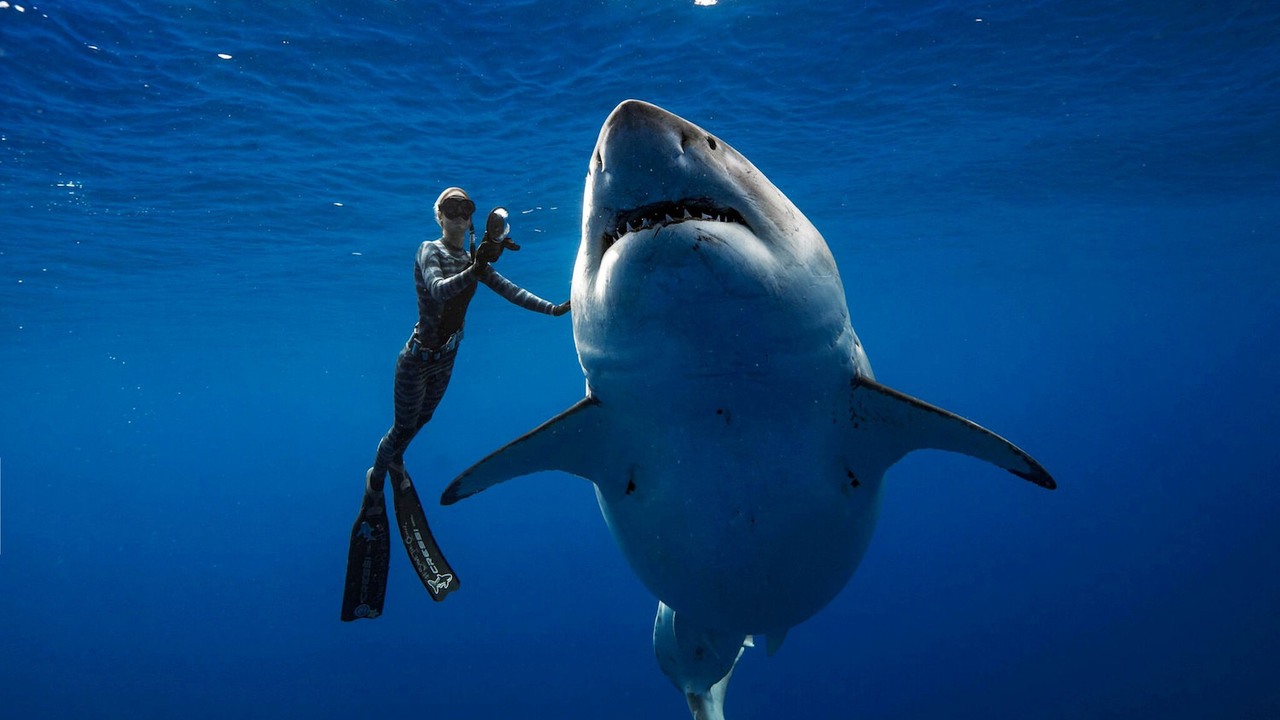Practical Swimming Tips and Lesson Guides
If you’re reading this, you probably want to get better at swimming, find a class nearby, or just make your next swim more comfortable. Good news – the advice below covers everything from picking a lesson spot to keeping your goggles fog‑free.
Finding the Right Swimming Lesson
First step: decide where you want to learn. In India, cities like Vizag, Noida, Mumbai, Gurgaon and Pune have clubs and pools that offer group and private sessions. Look for a place that matches your schedule and budget. For beginners, a club with certified coaches and a small class size works best because you get more attention.
When you visit a potential pool, ask about the instructor’s experience and whether they provide a trial lesson. Many clubs let you try a single class before you commit. That’s a smart way to see if the teaching style fits you.
If you’re an adult learner, ask whether the club runs “adult‑only” sessions. Some places, like Michael Phelps Swimming Academy in Mumbai or Aqua World in Gurgaon, have specific times for adults, which can feel less intimidating.
Gear Basics: Keep Your Goggles Fog‑Free
Fogged goggles ruin a good swim. The easiest fix is an anti‑fog solution. Mix a drop of baby shampoo with warm water, swirl it inside the lenses, then rinse gently. Some swimmers just spit on the inside – it works because the saliva creates a thin film that stops fog.
Rinse your goggles with clean water before each swim. That removes oils that cause fogging. After you finish, store them in a dry place, not in a sealed bag, to avoid moisture buildup.
If you want a longer‑lasting solution, buy a commercial anti‑fog spray. Apply a tiny amount, let it dry, then wipe off excess. The result is clear vision for longer sets.
Beyond goggles, a well‑fitting swimsuit and a comfortable swim cap can improve your performance. The cap reduces drag and keeps hair out of your face, which is especially helpful in open water where waves can tangle hair.
Why Swimming Is a Great Fitness Choice
Swimming gives you a full‑body workout without pounding on your joints. One session can boost cardiovascular health, tone muscles, and help with weight loss. Because the water supports your body, you can work out for longer periods without feeling exhausted.
Mix different strokes – freestyle, backstroke, breaststroke, and butterfly – to target various muscle groups. Even a 30‑minute swim can burn as many calories as a jog, plus you’ll improve your breathing control.
Open Water Tips for the Adventurous Swimmer
Thinking about taking your skills beyond the pool? Open water swimming adds a new challenge. Pick a calm lake or a beach with a lifeguard on duty for your first outing. Always swim with a buddy and let someone on shore know where you’ll be.Wearing a bright swim cap helps others spot you, and a safety buoy adds visibility. Start with short distances and gradually increase as you get comfortable with waves and currents.
Remember, sharks are rarely a threat. Statistically, you’re far more likely to get a sunburn than a bite. Staying in groups and avoiding water at dawn or dusk reduces any risk further.
Whether you’re searching for a lesson in Pune, trying to stop goggles from fogging, or preparing for a lake swim, the key is consistency. Show up regularly, follow the basics, and you’ll see progress fast. Happy swimming!

Do sharks go down to 3,000 feet to swim?
In my recent exploration of marine life, I've discovered that sharks indeed venture down to 3,000 feet below the ocean's surface! It's truly fascinating that these creatures are capable of thriving in such extreme conditions. However, not all shark species are found at these depths, with some preferring shallower waters. Predominantly, it's the deep-sea sharks that we find at these incredible depths. So, yes, while it's not common for all sharks, some do indeed make the deep-sea their home.